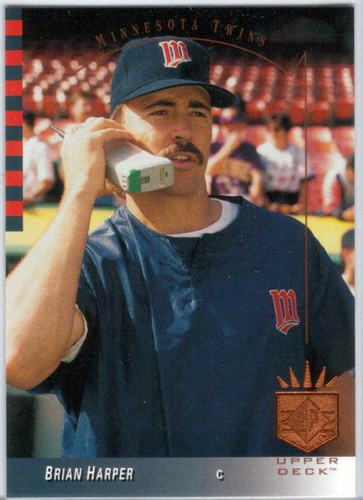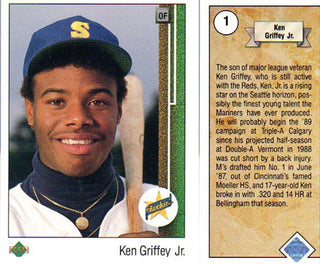When I was 12 years old, hockey great Wayne Gretzky and former Kings owner, Bruce McNall, made sports collectibles history when they purchased a 1909 Honus Wagner baseball card for a record $451,000.00. I think we can all agree, that’s a ton of money for a fucking piece of cardboard. For that much, you could buy at least 6 Been Trill shirts. And although Wagner is a Hall of Famer, the card itself is distinctly more notable than his stats or career. The sale happened in 1991, smack dab in the middle of a baseball card gold rush, where men of all ages, including myself, were collecting and investing in what was being touted as the next stock market, where reportedly rookie cards would hold more weight than gold. I was already knee deep in cards, collecting since 1984 with my weekly chore allowance, so much so that most of my memories from 1987 have a wood border around them, mimicking the Topps card of that year. I had already amassed a stockpile that included rookie cards of Tony Gwynn, Darryl Strawberry, Wade Boggs, Kevin Mitchell and Orel Hershiser (who I genuinely hope had parents funny enough to name his brother Anal Hershiser). Card shows were popping up all over America, where dealers could sell and trade to collectors in nearby towns, while superstars could charge an abhorrent amount for their autograph (I once spent $40 for Jose Canseco to ignore me and sign a baseball). It was quite the industry and I bought in hook, line, and sinker. And now in 2014, I can’t help but look back and laugh. When the business became flooded with product and fraud by opportunists, prices plummeted and the floor dropped out. We were stuck with “investments”, that in the end, meant nothing. 4 years after their historic purchase, even Gretzky and McNall ran for the hills, selling their Wagner for $500,000, turning a disappointing 10% profit, a failure in most white rich dudes’ eyes. That may have seemed like jumping the gun, though, since the card then resold for $1.27 million in 2000 and again for $2.8 million in 2007, but in 2013 when the man who originally sold it to Gretzky and McNall pleaded guilty to mail fraud, and in the process admitted to trimming the Wagner to increase its value – well, then the industry was just put out of its misery forever.
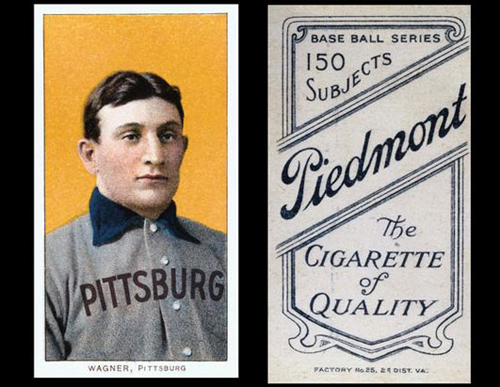
But no matter how tragic the hobby ended, if you’re somewhere between the ages of 22 and 35, you can easily reminisce on an era where buying packs, noticing errors, and searching for commons was the most important thing in your young existence. Let’s reminisce on a time when this bullshit meant something – when your favorite player was more than just someone you followed in the box scores, but also someone you hoped kept value for your juvenile collection.
The chase was basically more important than the card itself. We still see this type of furious demand, whether at my art gallery or at The Hundreds, since both of our businesses were built on the concept of collecting the scarce. Sometimes when I see kids lined up for Nike Lebrons overnight, I wonder if they really want that shoe, or if it’s just the hype leading them to sleep overnight for a pair of sneakers that look like the Teletubbies threw up on them. It’s obvious that sometimes the journey is more important than the reward, and although it’s hard to sustain a long-term business with that dilemma, it’s still exciting at the time.
There’s no better example of that than the 1989 Ken Griffey, Jr. Upper Deck rookie card. Now your boyfriend might not remember your birthday, but he sure as hell could draw this card from scratch off of just memory in about 2 minutes flat. This was the foundation from which most of our collections were built. Like the bottom floor of Dante’s Inferno where Satan and his friends laughed and watched terrible people freeze in ice. I can make that comparison because most of us pre-teens were spending up to $50 on this baby picture of Griffey Jr., who would go on to become one of the game’s best players NOT on steroids. But now with its deflated price, the card was quite obviously the work of the devil.
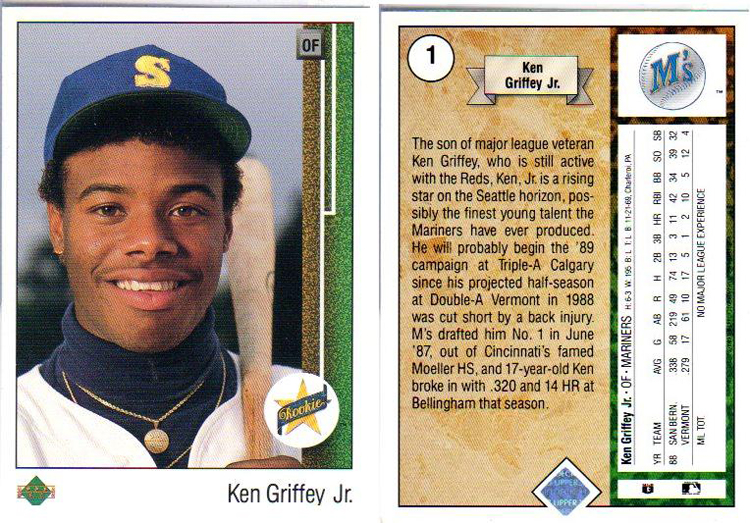
A rookie card was always the most valuable in your collection. Much like being able to talk about Mumford & Sons BEFORE they blew up, collecting an up-and-coming superstar during his first year in the league held weight in the hobby. Looking back, it wasn’t like this card was anymore limited than, say, a 12th year Phil Niekro, so maybe that was the inherent problem with the industry. And by the time they started releasing very limited “chase” cards that came autographed or with a piece of the player’s jersey embedded in it, things had already deteriorated to the point of no return. Sadly, a majority of the most sought-after rookie cards from my generation hold little to no value. The Griffey goes for about $20 on eBay, while other past gems like the Topps Roger Clemens (now $1) and Wade Boggs (around $3) would be more effective as drink coasters at this point.
There wasn’t a cooler dude in sports than Bo Jackson. His electric entrance into baseball and football – and soon thereafter debilitating exit – actually mirrored the rise and fall of the card business perfectly. This Score black and white card of Bo Jackson in football pads, holding a baseball bat, may just be one of the most iconic from the hobby’s salad days. I remember kids were buying it for $20 at school, even though every single price guide had it at $4. The photo would also double as the cover to his autobiography Bo Knows Bo, but I doubt any kids were paying to read that. I read it and at some point in the book he said that anyone could probably step into batting practice and hit a 90 MPH fastball from Dwight Gooden. I remember that passage perfectly, because even at that age, I remember thinking, “This dude may be good at sports, but he’s full of shit.” I wish more baseball cards were artsy like this one. I’m not saying I want Terry Richardson to shoot Yasiel Puig licking an ice cream cone, but this card was just a cool product, which is why kids, and I, wanted it so badly.
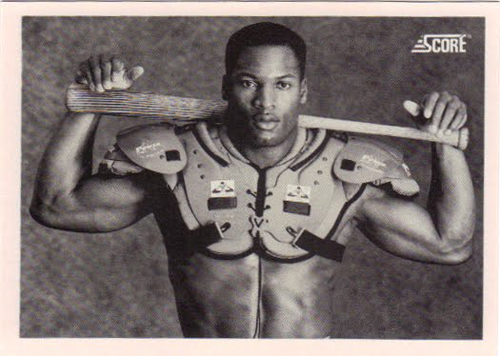
Another holy grail from my childhood was the elusive Michael Jordan baseball card. Nowadays, conspiracy theorists will tell you that MJ took up the pastime to avoid mobsters who killed his father over a gambling debt, but at the time, we were all pretty stoked about a player who at his core was about a .200 hitter. I had already been obsessively collecting his basketball counterparts, so I obviously needed this as well. I saved up the change from my lunch money for weeks, somehow collected $15 and purchased the card, which is now valued around $1. It was no Honus Wagner, but without his attempt at baseball, we’d have no Space Jam, and WHAT KIND OF SHIT WORLD WOULD THAT BE?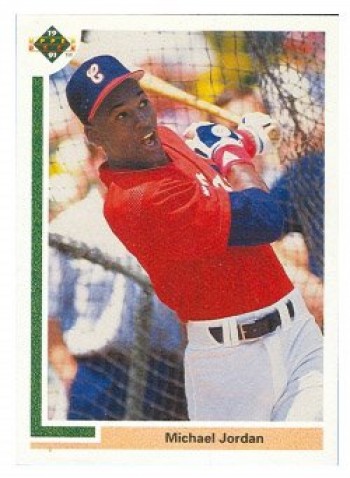
Like seeing slight nudity through a TV show on a Cinemax channel your parents didn’t pay for, this error card of 1989 was just the right amount of filth for a curious child approaching puberty. Fleer, the ugly stepchild of baseball cards, released this doozy of Billy Ripken, the ugly stepchild of the Ripken family, and missed one graphic detail: his bat. The words “Fuck Face” were written on the bottom of his bat, leaving quite the surprise for children collectors and parents with good eyesight. The company quickly tried to remedy the mistake by releasing a number of corrections that placed a black bar over the words, or even blurred them out like they do to logos in rap videos. People were paying up to $500 for the original profanity-laced card, mostly because they’re idiots, but also because they’re idiots. At the time, Ripken said it was a practical joke played on him by his teammates, but he recently admitted he wrote it on the bat himself, but picked it up for the photo on accident. He claims to be asked about the card still once a week, over 25 years later. But that’s mostly because people are too afraid to just ask about his brother, Cal. You can pick up the Fuck Face variation nowadays on eBay for varying prices between $5 and $25, which is coincidentally what Billy Ripken gets tipped after detailing customers’ cars now.
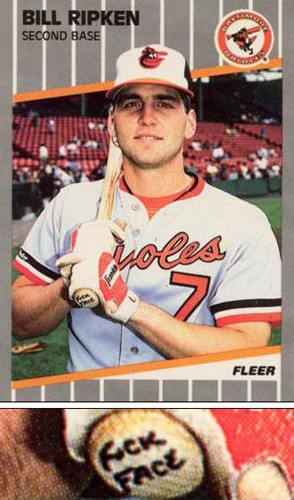
Let’s be honest, cards weren’t the only things from ’80s and ’90s baseball that let us down. Every player was on more growth hormones than a State Fair winning pumpkin, and we’re hardly able to take the statistics serious at this point. The whole era is tainted, but upon reflection, my card collection remains unscathed. Okay, so they’re about as valuable as Ask Jeeves stock and the cards I’ve kept over the years didn’t exactly put me through college like I had hoped as a bright-eyed pipsqueak, but it did give me joy at the time. And in the end, a collection is only as important as you make it. Eventually, all our Air Jordans and limited edition streetwear (two pastimes quite obviously influenced by baseball cards) will only be valuable to your local Goodwill, but you shouldn’t be afraid of that. Enjoy the chase while you have it. Seeing these photos of the cards that once meant more to me than family photos is still exciting. And hopefully, in 25 years, you’ll feel the same way about those ugly ass Lebrons.
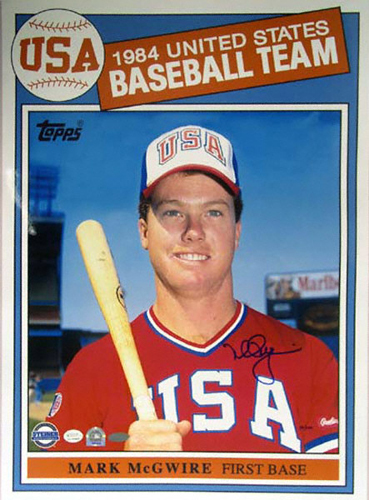
Also, if ANY baseball card is gonna be worth anything decades later, it’s this beauty of utility catcher Brian Harper, who KILLED the game with this Upper Deck baller shot in 1992. It’s worth about 10 cents, but how do you put a price on genius?
